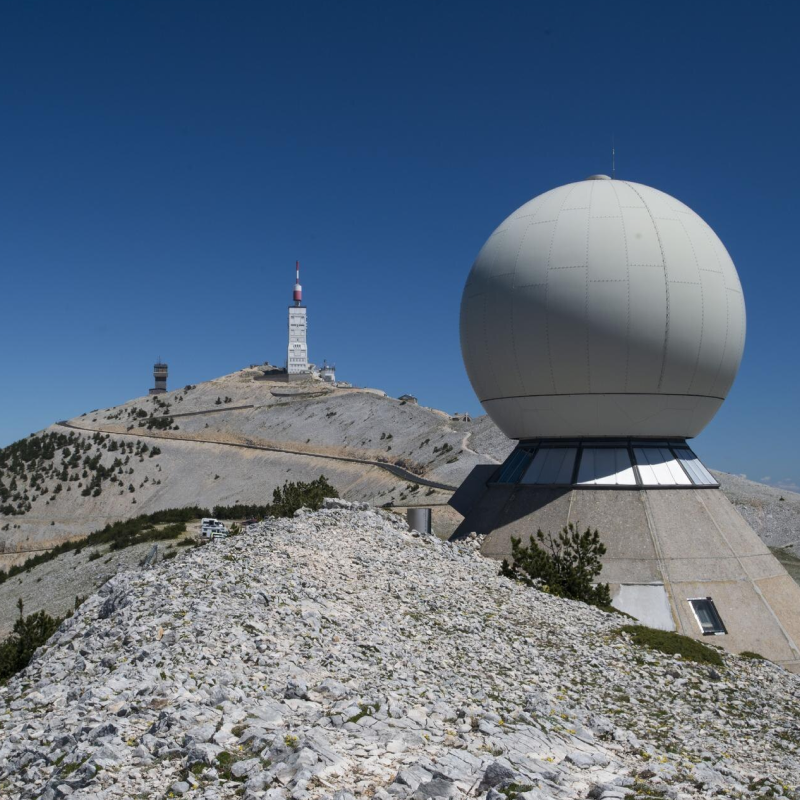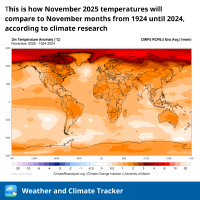Understanding How Meteorologists Predict Weather

Meteorologists use a variety of tools and techniques to predict the weather. One of the most important tools is a weather station, which measures temperature, humidity, air pressure, wind speed and direction, and other atmospheric conditions. Data from these stations is collected and analyzed to create weather forecasts.
Another important tool used by meteorologists is weather radar. This technology uses radio waves to detect precipitation in the atmosphere and can help predict the location, intensity, and movement of storms.
Satellites are also used to gather data on weather patterns and atmospheric conditions around the world. These data are used to create global weather models that can help predict weather patterns and climate changes.
Computer models are used to analyze data and create weather forecasts. These models take into account historical data, current atmospheric conditions, and other factors to create a prediction of the weather.
Meteorologists also use their knowledge of weather patterns and climate to make predictions about future weather conditions. They analyze past trends and use this information to predict what may happen in the future.
Overall, meteorologists use a combination of technology, data analysis, and their knowledge of weather patterns and climate to predict the weather. While weather forecasting is not always 100% accurate, these tools and techniques have greatly improved our ability to understand and predict the weather.
While weather forecasting is not always 100% accurate, these tools and techniques have greatly improved our ability to understand and predict the weather.
This post is also available in: Spanish, Portuguese, French, Italian.



